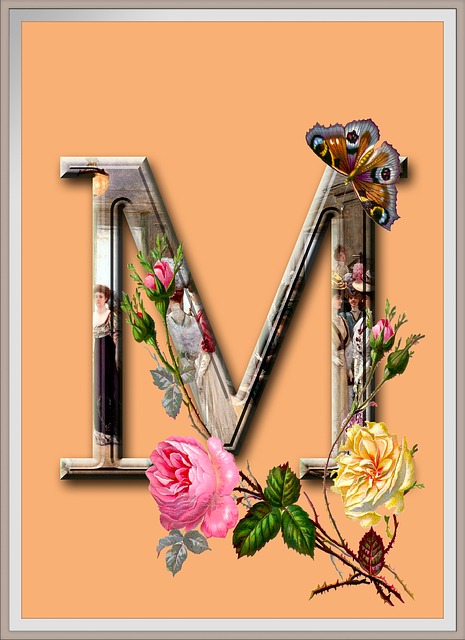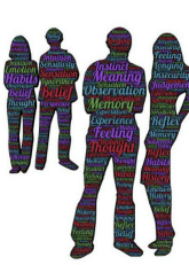 Four years ago, I wrote a post titled “Drop Caps, Indents, and Other Formatting Tricks in Word.” Regarding drop caps, I mentioned that Word drops and enlarges the first character, which, if you’re writing dialogue, means it’s your quotation mark that gets dropped and enlarged instead of the first letter. Some authors and editors get around this issue by simply leaving off the opening quotation mark.
Four years ago, I wrote a post titled “Drop Caps, Indents, and Other Formatting Tricks in Word.” Regarding drop caps, I mentioned that Word drops and enlarges the first character, which, if you’re writing dialogue, means it’s your quotation mark that gets dropped and enlarged instead of the first letter. Some authors and editors get around this issue by simply leaving off the opening quotation mark.
At the end of that discussion, I said: “There are those who believe leaving off the first quote mark is confusing to readers. Luckily, there’s a workaround in Word for those who want the quote mark, but it’s time consuming. More on that in a future post.”
I’m a little late with that future post (sorry, Anthony!). Truthfully, my workaround stopped working momentarily after a Word update, but it’s back now. It’s a wonky sort of workaround, but it does work. Continue reading “Drop Caps and Quotation Marks: A Workaround”

 Here at Indies Unlimited, we often get questions about the knottier issues of writing. Recently, Lynne Cantwell discussed
Here at Indies Unlimited, we often get questions about the knottier issues of writing. Recently, Lynne Cantwell discussed  Writers are well aware of the value of observation for giving us the details we need to make our settings come alive, for rounding out our characters by giving them habits or for providing details in our descriptions that help identify them. Today I’d like to take a closer look at a specific form of observation – listening – as apart from merely observing. As writers we can use less obvious aspects of listening to deepen our understanding of our characters and their relationships to each other.
Writers are well aware of the value of observation for giving us the details we need to make our settings come alive, for rounding out our characters by giving them habits or for providing details in our descriptions that help identify them. Today I’d like to take a closer look at a specific form of observation – listening – as apart from merely observing. As writers we can use less obvious aspects of listening to deepen our understanding of our characters and their relationships to each other. One of the fastest ways to pull your reader out of your book and back into reality is to write unrealistic dialogue. When a character says or does something that is “out of character” it always makes me flinch or wince. So I thought it’d be helpful to share some of things to remember when writing or editing dialogue in your books.
One of the fastest ways to pull your reader out of your book and back into reality is to write unrealistic dialogue. When a character says or does something that is “out of character” it always makes me flinch or wince. So I thought it’d be helpful to share some of things to remember when writing or editing dialogue in your books.